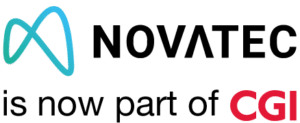IoT Device Management
Thinking about how an IoT ecosystem can be scaled when it comes to onboarding various devices and it can automatically and safely identify the problem, sort it by the current state and in the case of a single device, then we talk about the tools and processes that make IoT Device Management.
Fundamentals – what is and why we need it
Although today’s high-level IoT device development, however, regardless of the level of embedded intelligence in the devices and the basic IoT ecosystem, is not enough as it is presumed to merge – incorporate some device into the system and simply forget its subsequent life cycle. The fact is that the bugs will appear despite the integrity of the firmware/software in the device. During the exploitation it will be necessary to update it. Some of the devices can simply stop working and need to be repaired/replaced. These several factors lead to a sloppy and increased downtime within the IoT ecosystem and the process in which it implemented or built part of the existing enterprise system.
Observing such changes is easy if the existing number of active components in the system is small. However, in today’s IoT systems, the number of devices and their associated components/sensors is in the range of thousands or millions of implementing IoT devices. To keep track of events and behaviours in this case, a tool is often not enough, but a set of tools, mostly software, is set up that can timely report the current state of active components as well as any new changes within the system. This set of tools that support the scalability of an IoT system is IoT device management.
This process, which consists of several components such as provisioning, authentication, device configuration and control, monitoring and diagnostics, software updates and maintenance, must be effective in terms of and the goal of setting up and maintaining the health of the IoT ecosystem, security on all patterns of IoT devices as well as the viable connectivity of all components within the system. To understand what is needed for an effective system and vendor performance with their extensive offerings with the components delivered, it is necessary to describe the above components and to make IoT device management comprehensible at the baseline level.
Provisioning and authentication
Also known as Secure Asset and Identity Provisioning is the process of enrolling/introducing a device into some IoT system as a step of its integration into the process of working as a customer application and service delivery within and outside the IoT ecosystem.
Namely, when adding a new device, it is necessary to allow only trusted and secured devices to be accepted into the system. This means that all bad/unwanted actors who try to register in the system cannot be an integral part of it. This is enabled by the authorization process so only devices with the right credentials can be enrolled and registered.
This act of secure identity on the interface of the device – system differs from vendor to vendor and from various system implementations of the IoT system. However, the most important factors are that the system recognizes that the device is genuine, that it works on trusted software and that it is a representative of a trusted user. This can be accomplished, for example, by completing the appropriate certificates or keys that are usually stored in the security memory that is identified as trusted and authenticated by this way because it knows the URL of the system i.e. the system server to be connected later. This process is especially important when the system is first applied to the system. If the system establishes a connection to the home system at the time of the first registration, it is later transmitted to the system and exchanges the credentials and delivers other data, such as the serial number of the device or model, which then enables the next step to configuring the device within the system.
Configuration and control
Onboarding devices and their authentication in the system is an early step in their use. In order to achieve the maximum performance of both devices and systems in the overall and obtaining an effective data collection or telemetry, especially when using IoT cloud based, it is necessary to make proper configuration so that later control is reliable.
When thinking of the self-contained devices or of some of the sensors as an IoT system, they are often, rather imperfect and unmanaged when introduced into the system. For this reason, the system must allow each individual element to be configured by an authorized system user. This is especially necessary because the devices are mainly delivered to the user/implementer of the system with generic configured parameters. When onboarding or using some device, it is necessary to further configure it by accessing certain attributes and adjusting them to a level of flexibility in the workflow, as well as to increase the efficiency of the system, improve performance, and thereby increase the security.
The configuration must also be considered and the possibility of returning the device to the initial state or to the generic/default adjustment.
The configuration process must also allow some system parameters to remain unchanged, regardless of the correction of particular attributes. Such data are, for example, the single identifier of a device/sensor such as an ID or VIN number in a vehicle.
When discussing the control of some devices within the IoT system, it is about the possibility or implementation of the ability of certain control in the system. This is especially important for devices where it is necessary to have a remote reset and bring the device to a previous stable position after some systemic failure or the sudden emergence of an unpredictable state on the device itself.
Finally, the configuration and control process is critical for the system, since without it, it is not possible to run update software or firmware in some IoT devices.
Monitoring and diagnostics
After a successful onboarding of the device and its introduction into the operational environment, it opens up the possibility for many unforeseen events. For example, a bug in the software, a visa than a normal CPU utilization, overclocking of storage capacity, a grid in a network environment and the occurrence of enhanced I / O statistics are small individual issues that can cause the system to fail, and that is the big downs per user. To anticipate such phenomena, we need to identify them at an early stage and identify them as faults. They may appear at the early stage of establishing the IoT system as well as later exploitation. In this sense, it is necessary to monitor system attributes of all active or dynamic data producers.
The course of the monitoring process is closely related to identification or diagnosis, which is actually a system for comparing the detected parameter/attribute with its predefined parameters. Parameters, in addition to pre-defined states, can also contain reconfigurable values that can be redefined during the exploitation process by an authorized user and by specifying a project assignment.
In order for the diagnostic to be properly implemented, it is necessary for the monitoring system to have the possibility of downloading program logs and dumps as imperative for the good functioning of the IoT system. This implies that every IoT system must be equipped with a good logging implementation methodology so that the IoT device management system can react in a timely fashion to new changes in later stages. In particular, the process can be a cloud-hosted analytic process, as it enables quick identification of events on multiple, i.e. thousands of sensors/devices at the same time.
Software updates and maintenance
Although most vendors believe that they have delivered the system without any mistakes or conditional attributes that may cause subsequent illogicality in the system’s operation, this is still the case. In addition, it is also very often possible to establish a system with a certain level of security vulnerability. This has been happening very often in the past, as a large number of devices appear on the market due to high competition, ignoring the key parameters when testing the way the device was delivered to the market. Here, it appears as an important aspect of the IoT device management process, a process that is defined as maintenance and in a large number of cases refers to secure update and remote maintenance.
The maintenance process is a long-term process that is complementary to monitoring. Some devices may not be able for real-time monitoring, due to their specific purpose or dynamics, but the maintenance process in this regard must not be avoided since such devices must be checked and made patches of its firmware from time to time.
These elements must be well planned to avoid system downtime due to periodic maintenance and software update. This process and actions from IoT device management must have a minimal impact on the business processes of the IoT system user and thus ensure flexibility in the work.
Contextual IoT device management as the future of IoT device management
Having in mind the mature of the market and the supply of IoT devices, the tools that provide IoT device management are not only easy to handle with basic management. By involving the big cloud players and its IoT pre-defined services, basic management itself had to be in the advanced stage because the large or million numbers of sensors/devices need to be automated in some way in the monitoring process as the human factor is mostly involved in IoT basic device management.
Automatic identification and classification of issues are indispensable because it is largely based on contextual dependence on the process of integrating and implementing the IoT ecosystem, especially in already existing industrial processes or enterprise environments.
The previously described elements of IoT device management are also based on predefined standards such as UPnP and Apple Bonjour then OCF – Open Connectivity Foundation, Lightweight M2M, OMA are not enough individually because it is necessary to embed the cross-standard protocols into the IoT system functioning. In this context, the information that appears within the system as well as in communication with the environment is in today’s view of critical relevance for each system consisting of any kind of IoT device.
Context IoT device management, especially makes sense in the foreseeable evolution where all IoT devices and gateways will be supported at the plug-and-play level, improved security, performance both in terms of system protection and the intent of independent and spontaneous discovery when onboarding the process. A new level of IoT ecosystem and management of context-based devices that will be able to recognize and configure within the system.




